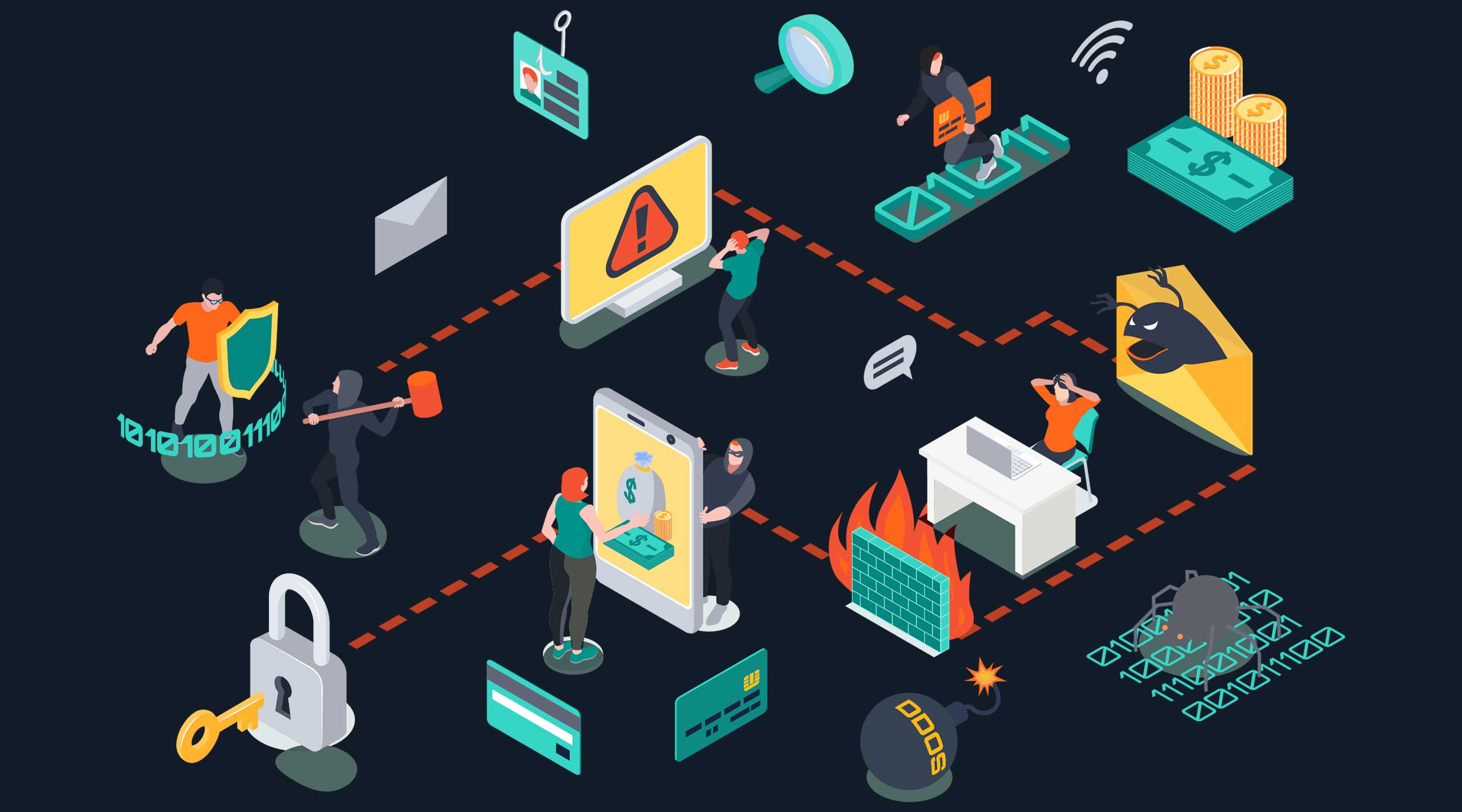
Unmasking the Secrets of Zero-Day Exploits
Introduction
In the ever-evolving landscape of cybersecurity, one term that frequently emerges is “zero-day exploits.” These elusive vulnerabilities strike fear into the hearts of security professionals and organizations alike. This blog aims to unravel the mysteries surrounding zero-day exploits, shedding light on what they are, why they matter, and how organizations can defend against them.
Zero-Day Exploits: The Basics
A zero-day exploit is a hacking technique that targets a software or hardware vulnerability that is unknown to the vendor, and therefore, there is “zero-day” for them to fix or patch it. These vulnerabilities are essentially open doors for cyber-criminals, as no defense mechanisms exist when the exploit is first used.
- Why “Zero-Day”? – The term “zero-day” is derived from the idea that once the vulnerability is discovered by the vendor or the security community, it’s considered day one. Until then, it’s day zero, and it’s a race against time for both attackers and defenders.
- Silent Threats – Zero-day exploits are often used silently, without warning. The targeted organization or individual usually remains unaware of the breach until it’s too late.
The Value of Zero-Day Exploits
Zero-day exploits are highly sought after by cyber-criminals and nation-state actors for several reasons:
- Stealth Attacks – They allow attackers to infiltrate systems without detection, enabling them to maintain access for extended periods.
- Maximized Impact – Zero-days are potent tools, as they target vulnerabilities that are unknown, making them more likely to succeed.
- Leveraging Vulnerabilities – These exploits are frequently used to target widely used software or systems, increasing the potential damage and reach.
The Double-Edged Sword
While zero-day exploits pose a considerable threat, they also raise ethical concerns. Security researchers often uncover these vulnerabilities and have to make a moral choice: disclose the vulnerability to the vendor or sell it on the black market for profit.
- Ethical Dilemmas – Researchers must weigh the benefits of responsible disclosure against the temptation of substantial financial gain by selling the exploit.
- Legal Complexities – In some cases, governments have regulations or laws that govern the reporting and handling of zero-days, further complicating the issue.
Defending Against Zero-Day Exploits
Protecting against zero-day exploits is a daunting task but not an impossible one. Here are some key strategies:
- Patch Management – Stay vigilant and update software regularly. Vendors often release patches once vulnerabilities are discovered.
- Advanced Threat Intelligence – Employ advanced threat detection tools that can identify unusual behaviors or patterns in real-time.
- User Education – Train your employees or users to recognize and report suspicious activity. Human vigilance can be a strong defense.
- Network Segmentation – Isolate critical systems and data to minimize the potential impact of an exploit.
- Zero-Day Services – Consider subscribing to services that specialize in detecting and mitigating zero-day threats.
Conclusion
Zero-day exploits are powerful tools in the arsenal of cyber attackers, but they are not invincible. The key to protection lies in preparedness, vigilance, and a proactive approach to cybersecurity. As long as vulnerabilities exist, zero-day exploits will remain a threat, making it vital for organizations and individuals to stay ahead of the game in the ongoing battle for digital security.

